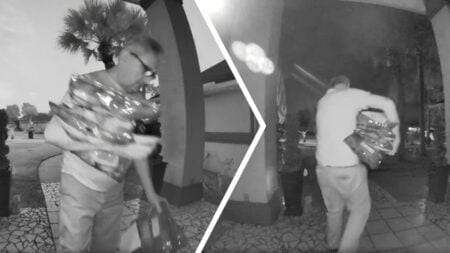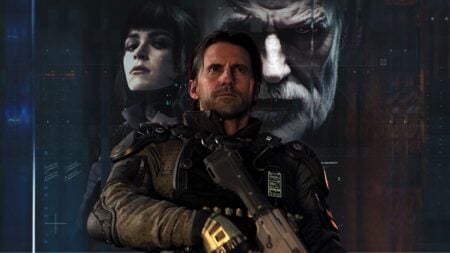Title: The Man in the High Castle
Air Date: First Episode January 15, 2015, Full Season November 20, 2015
Network: Amazon (Prime Video)
Genre: Science Fiction, Alternate History, Thriller
Imagine a reality where the Axis Powers, Nazi Germany, and Imperial Japan, won the Second World War. With ten full-length episodes on Amazon Prime, The Man in the High Castle masterfully illustrates how chilling that world would look.
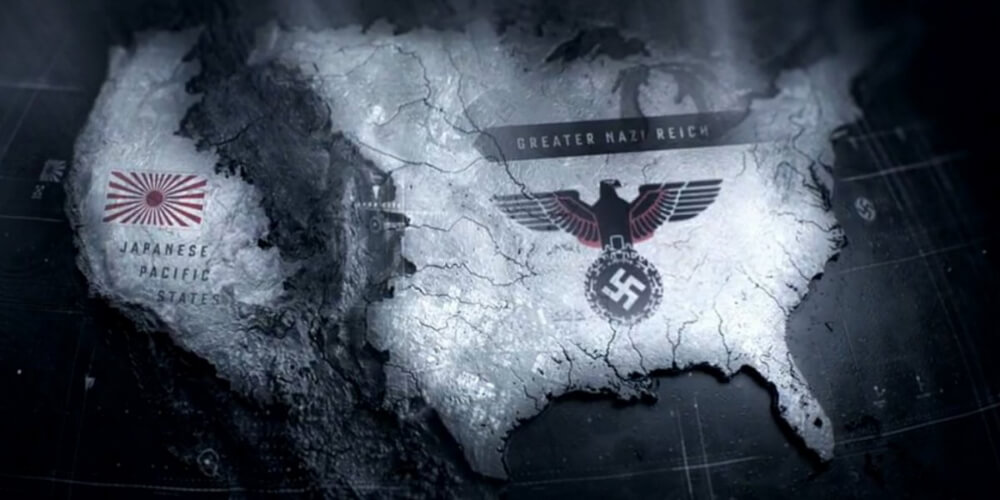
Some Spoilers may follow; however, a calculated effort was taken to prevent revealing plot climaxes and only to point out plot devices.
It’s 1962 and the new “United States” is divided into three territories: the Greater Nazi Reich, the Neutral Zone, and the Japanese Pacific States. The relative peace and happiness after World War II are nowhere to be found in The Man in the High Castle’s alternate America. Political discourse, oligarchies, a brewing cold war between two nations and civil unrest permeates the country. The sole remaining semblance of the America we know lies within a few film reels and an elusive person, referred to as “the man in the high castle.” In this new reality, though, any dissenting opinion or view must be squashed, and these film reels that depict a different, free America are highly sought by both the tyrannical Nazis and Japanese.
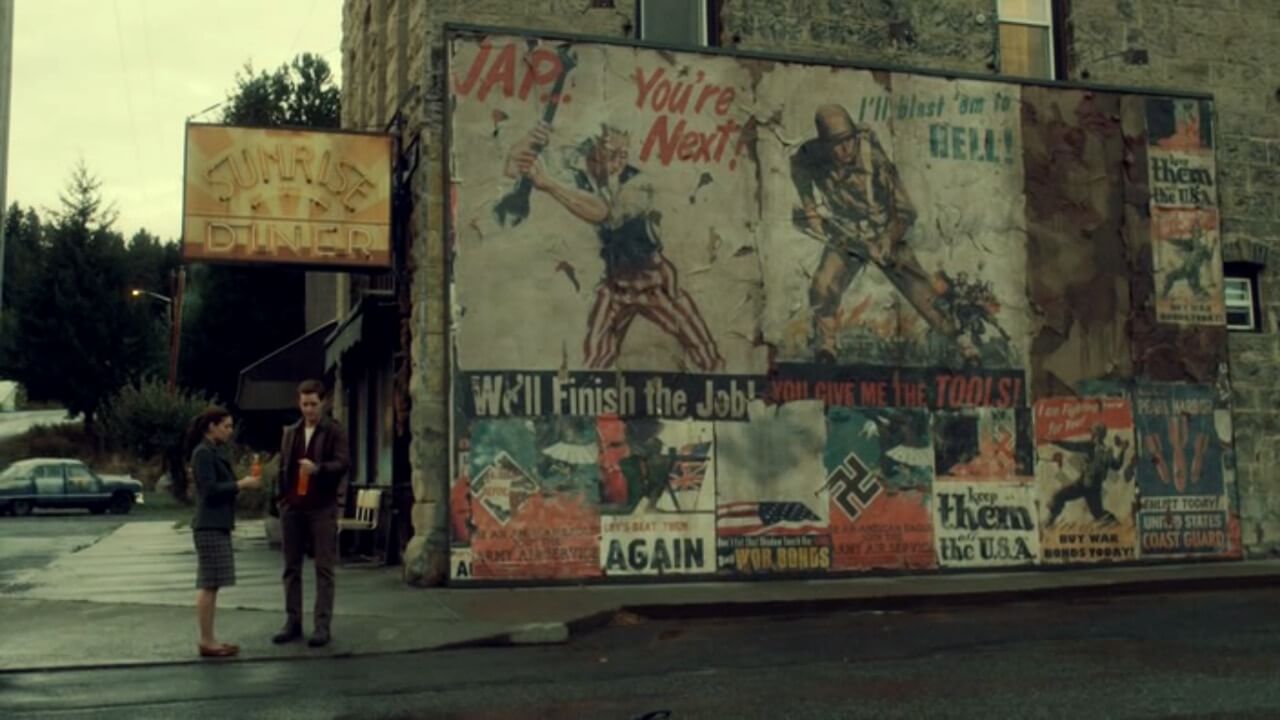
“The Man in the High Castle” transports the viewer from the beginning; it feels like you stepped into a time machine only to emerge into an unknown realm and a vaguely-familiar time. You’re immediately swallowed up by the ominous, gritty atmosphere, and the setting puts your nerves on edge from the start. Originally a novel by Philip K. Dick, the world, which was modernly reinvented by Ridley Scott (Alien, Blade Runner) and writer Frank Spotnitz (The X-Files, Hunted), is meticulously conceived. Down to phone booths with Swastikas mounted atop them, Neutral Zone buildings with anti-Japanese posters slathered across the bricks, and convoluted television shows like a Nazi’s version of “The Price is Right,” The Man in the High Castle clearly convinces you that you’re not in Kansas anymore. The Japanese Pacific States display the traditions of the Nipponese but are majorly occupied by repressed American transients. While in the Greater Nazi Reich territory, there’s an eerie façade of calmness and tranquility, akin to The Stepford Wives. The Neutral Zone looks like the Wild West, infested by bounty hunters and subversives, it’s a haven for nonconformists and the American Resistance. This area is also home for the mysterious man in the high castle and is where the contraband film reels are destined for. These film reels–titled “The Grasshopper Lies Heavy”–are the center of the show’s perfectly paced plot.

Even though it’s 1962 and the Allies lost World War II, the main plot of The Man in the High Castle revolves around several film reels that depict alternate versions of their reality. These movies reveal images of Okinawa, the atom bomb, and V-Day–victory over the Third Reich and Imperial Japan. The main character, Juliana Crain (Alexa Davalos), takes it upon herself to deliver the illegal film to the man in the high castle after witnessing her sister being killed for possessing the reel. After arriving in the Neutral Zone, she encounters an undercover Nazi agent, Joe Blake (Luke Kleintank), who is also on a mission to deliver a similar film; however, Joe is working for a high-ranking Nazi officer, John Smith (Rufus Sewell), in order to stop the man in the high castle, therefore ending the resistance’s film propaganda.
Though unwittingly working against each other, the chemistry between Juliana and Joe is palpable. They hide consequential truths about themselves from each other, and these lies further complicate their captivating chemistry. Joe’s character is a conflicted one, and as his relationship with Juliana deepens, he begins to question the morality of his mission. At this point, you can’t help but to forgive Joe and excuse him for being trapped in a difficult situation. This clash of commiseration and corruption is a common occurrence throughout the series. The Man in the High Castle infects you with sympathy toward the villains as well as the supposed heroes, to the point of questioning which side is right… if any.
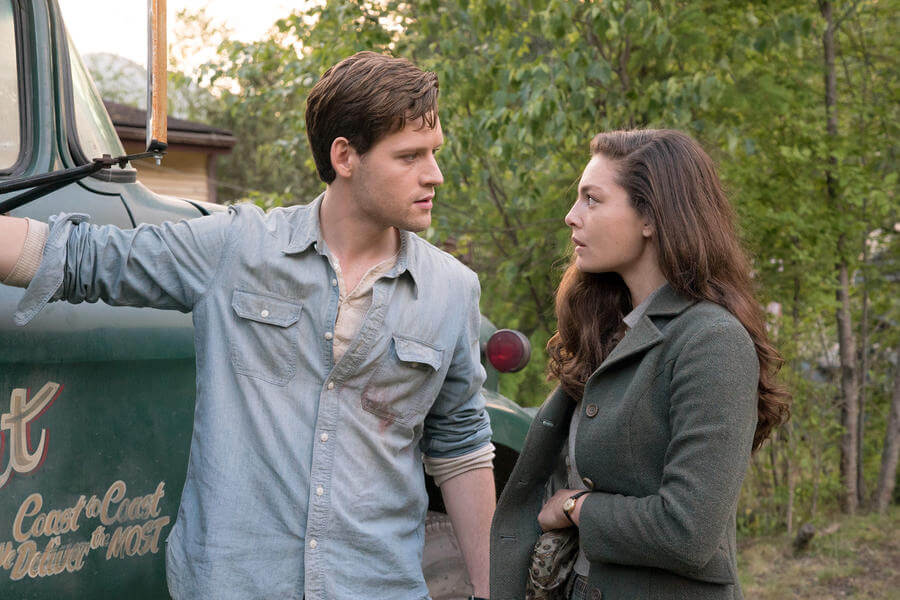
Though having seen the film with Juliana, Frank Frink (Rupert Evans), is less impetuous than his girlfriend and believes that the alternate reality illustrated in the film is an illusion. Once Juliana departs for the Neutral Zone, Frank is left behind to deal with the cruel consequences of her sudden disappearance. Since the Japanese Kempeitai (police) know that Juliana’s sister had the film, they kidnap Frank. However, what follows is far from a normal, lawful interrogation. The ramifications that befall Frank mutate him into a new person–just as Juliana, Joe, and all the other characters transform.
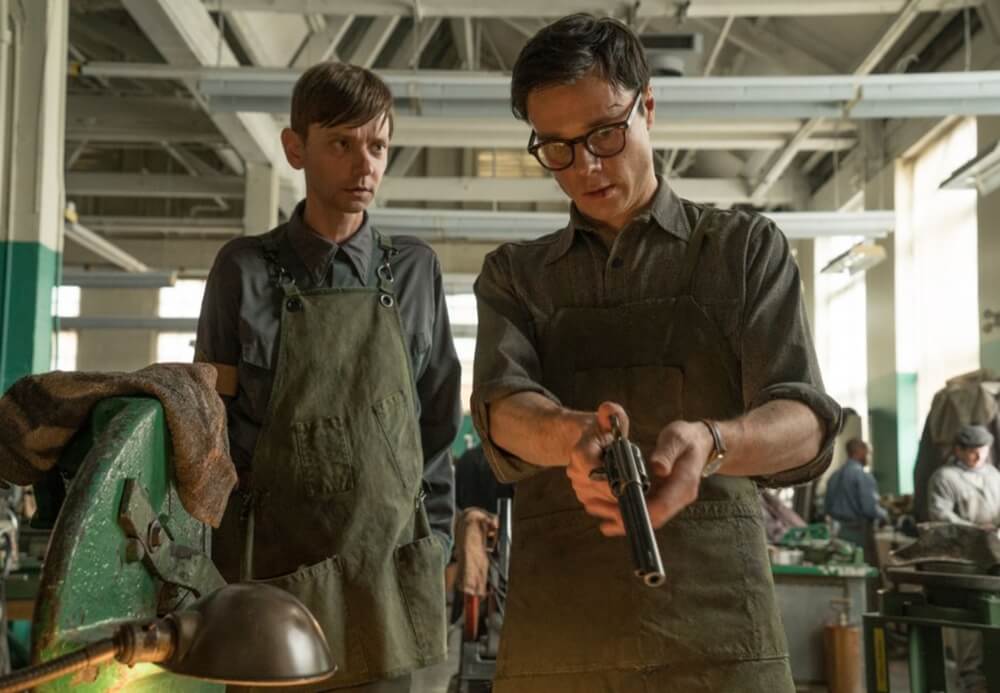
Character evolution and devolution are a plot device that The Man in the High Castle uses to perfection. Through its characters, the show exposes the many shades of gray that compose human morality. It questions what the characters hold sanctimonious; therein, uncomfortable prodding the viewer to examine their own limitations. As each character grows and changes, the viewer transforms right alongside them. The plot evolves and so do you; the pain can be felt, the stress is shared, and the need for redemption is contagious.
Story: The story primarily focuses on three serpentines, but intertwining, plot lines. The narrative is so well crafted that it is nearly impossible to pinpoint main characters, as each affect the plot’s progression equally. Even though the Trade Minister Tagomi’s story was intentionally vague, the reasoning behind his actions was hidden for too long. Although the films are an interesting and compelling plot device, how does the alternate reality displayed in the films actually impact events?
Acting/Characters: The casts’ performances are nearly flawless throughout the series, even though most of them aren’t A-listed actors. The characters have a depth that make the viewer crave to learn more, dig deeper, and each character–whether villain or hero–reflects some part of you, extracting sympathy for even the likes of a ruthless, high-ranking Nazi officer. The dialogue is genuine and believable. However, Juliana’s desire to dig deeper into her sister’s affairs comes across slightly manufactured and construed.
Cinematography: From the seemingly utopian suburbs of the Greater Reich to lynched bodies hanging from decrepit telephone poles within the Neutral Zone, the viewer will instantly believe they are in a place where freedom doesn’t exist and America is a footnote of history. The grittiness and somberness of the world are encapsulated onscreen without being overwhelming, and each scene pulls the audience deeper into the characters’ dystopian reality. The dated year doesn’t miss a beat and the alternate version of the technology is spot-on.
Organization: The Man in the High Castle’s plot has impeccable pacing. The narrative never slows down for any of the characters, and it continuously builds momentum. Within each episode, a mini plot-arc escalates into a climax cliffhanger that leaves the viewer yearning for the next episode. Streaming this show may include serious side-effects like binge watching, missing scheduled appointments, and insomnia.
[embedyt] https://www.youtube.com/watch?v=zzayf9GpXCI[/embedyt]
[gap height=”15″]
[review]



